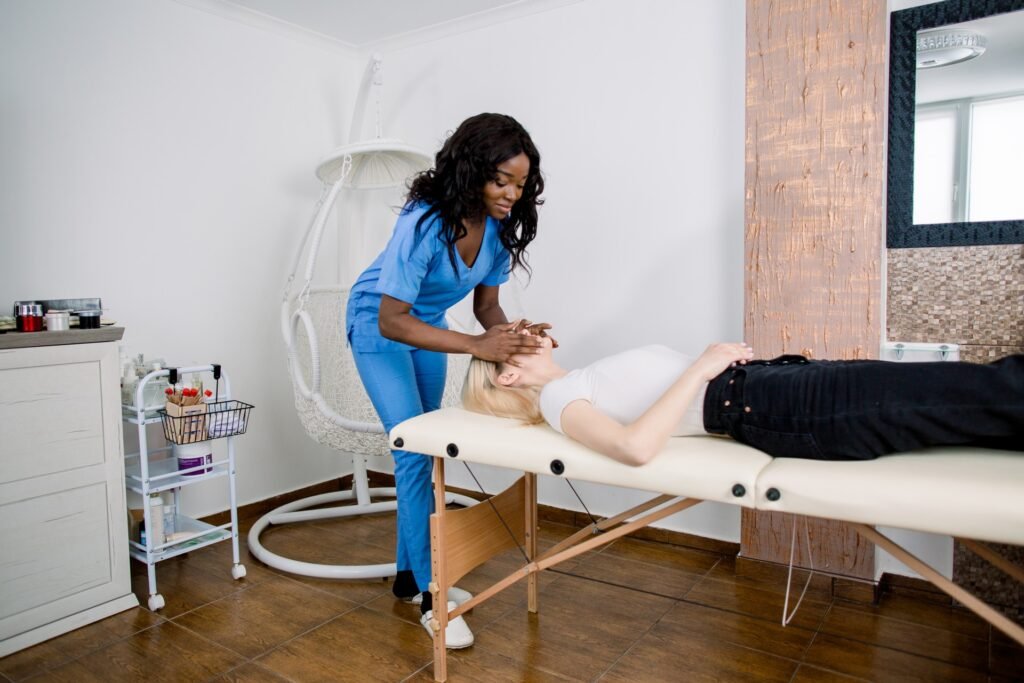Massage therapy has long been used in treating various conditions. By some accounts, it first emerged more than 5,000 years ago. Over time, this field of integrative medicine has evolved and branched out in several directions. Though new approaches and techniques have been developed, some of the original, time-tested massage practices are also still in use. From anxiety and stress to chronic pain and sports injuries, countless people have found relief through this type of treatment.
Active Release Techniques at a Glance
One of the more recent innovations in the field of massage therapy is the active release technique. Though it was introduced less than 50 years ago, it has already spanned the globe and become a widely used method for treating certain types of injuries and bolstering athletic performance. It’s a unique type of hands-on massage therapy that can target chronic pain and foster healing.

Taking a Closer Look
ART was created as a way to address an array of musculoskeletal problems. It was initially developed by chiropractor, Dr. P. Michael Leahy in the 1980s. It revolves around both the practitioner and the patient actively participating in the treatment process. This therapy combines targeted massage and movement to treat soft tissue injuries.
Developing a tailored ART treatment plan for a patient begins with a massage therapist evaluating the patient’s movements. That allows the practitioner to understand the patient’s specific issues. From there, the therapist applies manual pressure to the affected areas of the patient’s body. At the same time, he or she guides the patient through a series of controlled movements. This combination of massage and movement is one of the factors that sets ART apart from other types of massage therapy.
What Does ART Treat?
ART can treat numerous issues, including shin splints, tendonitis, and muscle strain to name a few. It’s commonly used for soft tissue injuries and joint stiffness caused by trauma, overuse, and other factors. It can alleviate muscle and joint pain while also improving the patient’s range of motion. As mentioned earlier, ART can also help to improve athletic performance. It increases flexibility and may help to enhance muscle function and endurance. It can also reduce recovery times following certain types of injuries.
One of the most highly touted aspects of active release techniques is their ability to treat adhesions. These are abnormal tissue connections that form between muscles, tendons, and ligaments. They commonly develop due to injuries or because of a lack of mobility after an injury. In many cases, adhesions grow worse over time. They can significantly affect the soft tissues around them, causing pain, stiffness, and other issues. ART targets adhesions to help loosen them and encourage proper healing.
Experiencing Relief from Soft Tissue Injuries
Although massage therapy has been around for thousands of years, it has changed and branched out over time. At this point, several types of massage therapy have been developed to target different types of issues. Active release techniques combine precise massage and movement to address adhesions and other soft tissue injuries.
ART gives patients the benefits of professional massage therapy while allowing them to be proactive in their own recovery. As is the case with any type of massage, though, its effectiveness depends on the skill and expertise of the practitioner. With a highly trained and experienced massage therapist, ART can be an effective treatment for soft tissue injuries, reduced mobility, and other issues.
